Latest Idaho tax cut proposal to provide homeowners relief, boost public school funding

BOISE – Idaho Republicans continue their offensive on taxes early in the legislative session.
Last week, they targeted income taxes. On Monday, it was grocery taxes. On Tuesday, House lawmakers went after property taxes, aiming to again reduce the dollars Idaho collects from residents.
House Speaker Mike Moyle, R-Star, introduced a bill to direct a one-time $50 million toward a property tax relief fund. Another $50 million in yearly spending would go to school districts to pay for infrastructure bonds and levies.
“The only way that we’re going to stop spending in this building is if we give the money back to the taxpayers,” Moyle told a House committee on Tuesday.
Over the past week, Republican lawmakers have introduced measures to cut taxes by $390 million, according to the Legislature’s estimates.
“If we don’t give it back to the taxpayers, we will spend it,” Moyle said.
Where would
the $100 million go?
In 2023, when Idaho was riding on a $1.4 billion budget surplus, lawmakers approved a bill to create a fund to issue property tax relief to homeowners and give school districts funding to cover some of their bond and levy costs. Lawmakers overrode Republican Gov. Brad Little’s veto of the bill to make it law.
Moyle’s proposal on Tuesday would send $50 million to that property tax relief account, using leftover money in a now-discontinued state fund. That fund distributes tax relief to residents for their primary residence in counties across the state based on a formula that incorporates the value of their homes.
Separately, the bill would take funds derived from the state’s online sales tax revenues and divert an increased portion of them for school facilities purposes, which are distributed largely based on average student attendance. The 2023 tax relief bill began directing 20% of online sales tax revenues toward school facilities last summer. Moyle’s proposal on Tuesday would boost that 20% diversion by $50 million annually.
Democrats on Tuesday expressed concern that the Republican majority is simultaneously looking to create new, expensive programs – like a potential $50 million tax credit for children in private schools – while also cutting taxes.
“We’re getting kind of at the ceiling here,” Rep. John Gannon, D-Boise, told the committee.
Moyle said if he had his way, he would get rid of property taxes entirely.
“I don’t know how to crack that nut,” he said.
Grants for school facilities included in new bill
Another bill introduced Tuesday could help school districts get more funds to fix or replace their buildings. The bipartisan bill, introduced by Reps. Rod Furniss, R-Rigby, and Sonia Galaviz, D-Boise, would offer need-based grants to school districts for construction, remodels and maintenance.
“Sometimes schools have an emergency or have a safety issue and they just need a little bit more money,” Furniss told the House’s education committee.
The bill would repeal an old law from 2006 that created a $25 million loan program intended to help districts that couldn’t pass bonds to repair or replace their unsafe schools. But that fund had such strict requirements that no district has used it in over a decade.
The money from that fund would be transferred to a new Public Education Facilities Fund created under the bill introduced Tuesday. The bill also requests money be transferred from the remaining balance of another fund relating to health insurance costs. In addition, general funds could be added to support more grant dollars “at the discretion of the Legislature,” according to the fiscal note attached to the bill.
To receive a grant from the fund, school districts would need to submit applications that include how they would spend them, a copy of their 10-year facilities plan, any concerns about “unsafe or unhealthy conditions” and a history of bond efforts.
The applications would be reviewed by the office of the State Board of Education and grants would be awarded to districts with the “greatest need,” according to the bill.
A similar proposal was introduced at the end of last year’s legislative session, but lawmakers did not take it up. This year’s bill comes after Little, during his State of the State address, proposed additional money to address issues rural school districts continue to face with their facilities, even after the Legislature approved a $2 billion bill last year intended to help fix the state’s deteriorating buildings and help districts pay off their bonds and levies.
Many rural districts are not getting enough to address their facilities needs, Galaviz told the committee Tuesday.
“This grant program seeks to address that issue directly and allow a means to get some of the projects done and help for those rural districts,” she said.